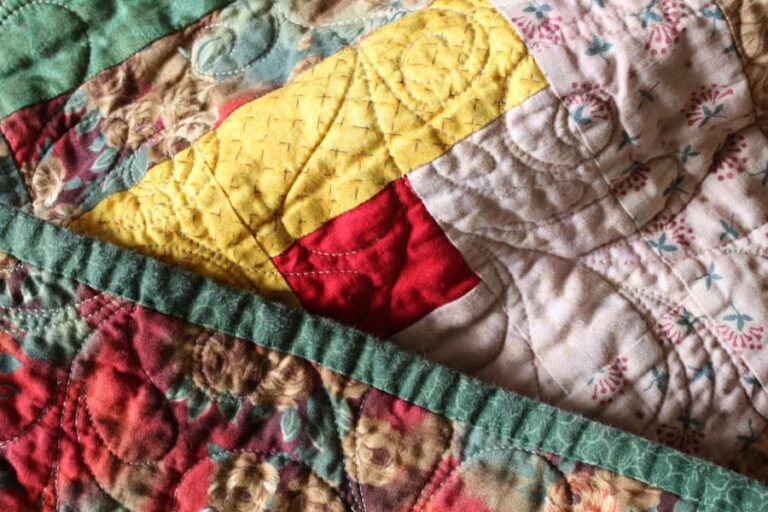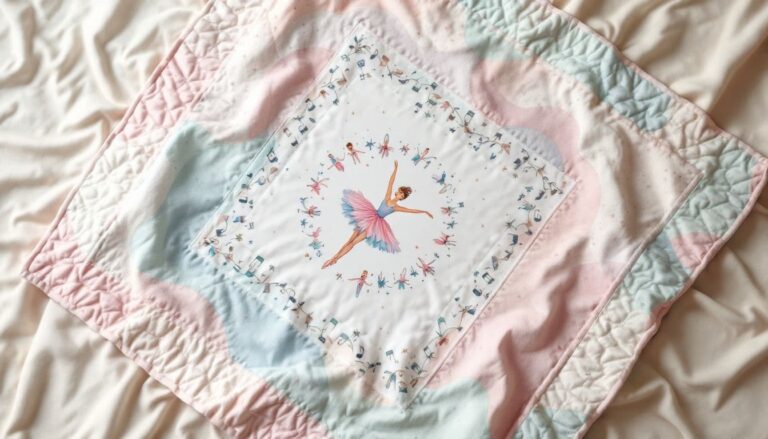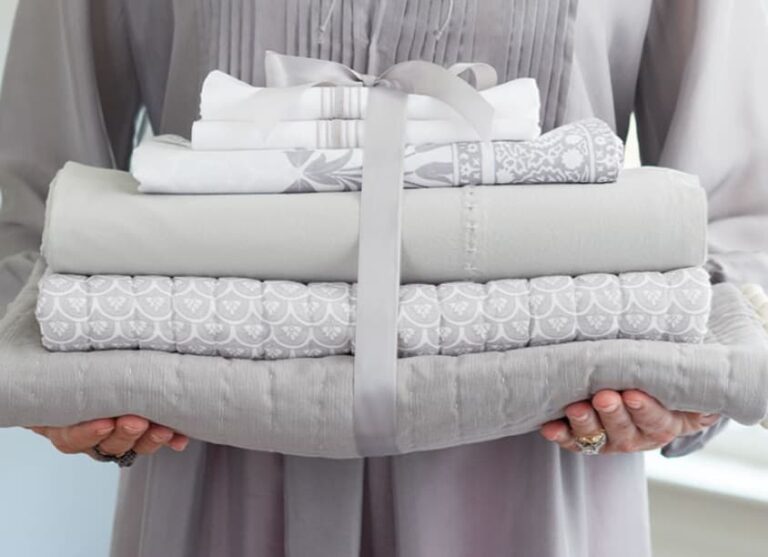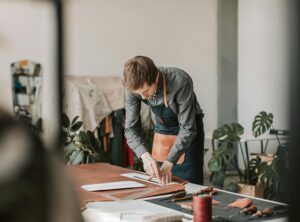When it comes to quilting, durability is key. A well-made quilt or other quilted item should stand up to years of use and washing, making the choice of materials crucial for achieving longevity. In this article, we’ll explore which materials are best suited for creating durable quilted items, ensuring your projects are not only beautiful but also long-lasting. We’ll also touch on how incorporating specialty materials like Photofabric can add a unique touch to your creations while maintaining durability.
1. Choosing the Right Fabric for the Quilt Top
The fabric you choose for the top of your quilt is fundamental to its durability. Here’s a breakdown of the best options:
Cotton
Cotton is the most popular choice for quilt tops due to its durability, breathability, and ease of handling. It is available in a wide range of colors and patterns, making it versatile for any quilt design.
- Quality: Opt for high-quality, 100% cotton fabric. Fabrics labeled as “quilt shop quality” or “premium cotton” are often denser and more durable than basic quilting cotton.
- Pre-washing: Always pre-wash cotton fabrics to prevent shrinkage and color bleeding after the quilt is finished.
Linen
Linen adds a distinctive texture and natural look to quilts. It’s slightly more prone to wrinkling but is still a durable option if cared for properly.
- Care: Linen tends to soften and become more comfortable with each wash. To maintain its strength, avoid excessive heat and use gentle detergents.
Blends
Cotton-blend fabrics combine cotton with other fibers like polyester. These can offer increased durability and resistance to wrinkles, making them a good choice for items that will undergo heavy use.
- Considerations: While blends are durable, they may not be as breathable as pure cotton. Choose a blend with a higher cotton content for a balance of durability and comfort.
2. Selecting the Right Batting
Batting provides the insulation and puffiness of your quilt. The choice of batting affects both the appearance and durability of your quilt.
Cotton Batting
Cotton batting is a traditional choice known for its softness and breathability. It provides a natural, crinkled look after washing, which many quilters find desirable.
- Durability: Cotton batting can compress over time but maintains its warmth and softness. It’s ideal for quilts that will be used frequently.
Polyester Batting
Polyester batting is more resilient and retains its shape well. It’s less prone to compression and is often used for quilts that need extra loft or durability.
- Benefits: Polyester batting is resistant to moisture and tends to hold up well with frequent washing. It’s a good choice for quilts used in a variety of environments.
Wool Batting
Wool batting is known for its exceptional warmth and lightweight feel. It’s durable and maintains its loft over time, making it suitable for high-use items.
- Care: Wool batting requires careful washing to avoid felting. It’s best used in quilts that can be spot-cleaned or dry-cleaned.
3. Choosing the Right Backing Fabric
The backing fabric is as important as the top fabric in determining the quilt’s overall durability.
Cotton Backing
Cotton is the most common choice for backing due to its compatibility with cotton top fabrics. It’s durable and easy to work with.
- Wide Backing Fabrics: For larger quilts, consider using wide backing fabrics or piecing together smaller pieces to avoid seam lines that can add bulk and reduce durability.
Flannel Backing
Flannel is a soft and cozy option for quilts intended for cold weather. It adds an extra layer of warmth and is durable with proper care.
- Considerations: Flannel can shrink more than cotton, so pre-wash it before use. It may also make your quilt heavier, so consider this based on the intended use.
4. Adding Specialty Materials
Incorporating specialty materials can add unique elements to your quilt while maintaining durability.
Photofabric
Photofabric is a unique fabric that allows you to print high-quality photos directly onto fabric. This can be used for personalized quilt blocks, memory quilts, or artistic quilt designs.
- Durability: Ensure you follow the manufacturer’s instructions for washing and care. Photofabric can add a beautiful, custom touch to your quilt without compromising its longevity.
- Usage: Photofabric is best used sparingly or in smaller sections of the quilt to avoid compromising the overall strength of the quilt.
5. Final Tips for Ensuring Durability
- Quality Over Quantity: Invest in high-quality materials rather than opting for cheaper alternatives. High-quality fabrics and battings will last longer and maintain their appearance better.
- Proper Construction: Use sturdy threads and reinforced seams to ensure that your quilt can withstand regular use. Double-stitch or backstitch important areas to prevent unraveling.
- Care Instructions: Follow proper washing and care instructions for each type of fabric and batting to maintain durability. Avoid harsh detergents and high heat settings.
Choosing the right materials is essential for creating durable quilted items that will stand the test of time. By selecting high-quality fabrics like cotton or linen for the quilt top, using resilient battings such as polyester or wool, and incorporating thoughtful elements like Photofabric, you can create beautiful quilts that are both functional and long-lasting.
With these tips, you’ll be well-equipped to make informed decisions about your quilting materials, ensuring that every quilt you make is a cherished, enduring piece.





